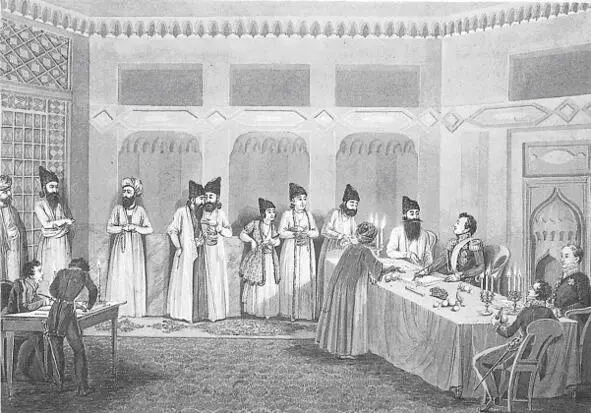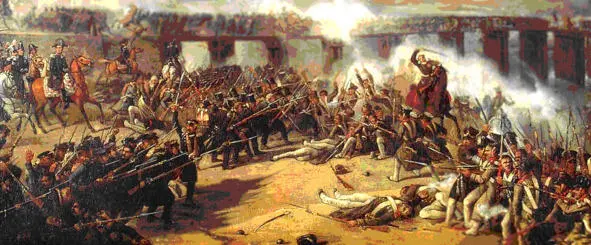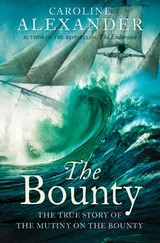They are reminiscent of “arable soldiers” and Cossacks. But, in the latter case, the organization and life are created by people at their own discretion, therefore they are viable.
The emperor hands over his idea to the executive officer, Count Arakcheev. He gets down to business with mindless zeal. A battalion of lower ranks of the regiment settles in Novorossiya, with wives and families. Military personnel, unaccustomed to agricultural work, resist. Then gauntlets are used. But, these people are now not peasants in the full sense of the word. Sowing, haymaking, harvesting, etc., are performed not when the time comes, but according to the schedule approved by the authorities.
In 1818, the Senior, then the Younger and the Middle Kazakh zhuzes (a type of large clans) passed under the patronage of Russia. Since 1822, by decree of Alexander the First, the khan’s power in the zhuzes has been abolished.
…On November 27, 1825, the population of Russia, the Senate and the Synod were sworn in to the brother of Alexander the First, Constantine. Constantine himself does not want to rule, assuming that otherwise “… they will strangle me, as they strangled my father.” He is quite comfortable in the Kingdom of Poland, where the prince is the governor of the Russian monarch. He entered into a morganatic marriage with a Polish countess, which in the future may cause complications in the succession to the throne.
At the beginning of the reign, Nicholas the First had to order the execution of five participants in the anti-government uprising. No more orders like this are required. For the lower ranks, they are replaced by corporal punishment, which usually has the same sad result. That is why Nikolai Pavlovich receives the nickname “Palkin” from the people. If the coup d’état succeeded, it was highly likely that a civil war would break out. But, this blood, as it is seen, would have taken away the October Revolution of 1917 and all the events associated with it.
…The interregnum and the uprising of the Decembrists in Persia are perceived as a convenient moment for unleashing a war against Russia. The main target of the Iranian Shah is Tiflis (Tbilisi). The first blow, on July 16, 1826, on Russian territory was delivered by a detachment of 16,000, supported by Kurdish cavalry. Then, on July 18, the 40,000-strong army of Abbas Mirza is crossing the border river Araks. Russian troops are small and scattered. The local Muslim population joins the Iranians. Armenians find refuge in mountainous areas, or fortresses with strong garrisons. However, on September 15, a Russian detachment defeats the 18,000-strong vanguard of the Iranian army on the outskirts of Tiflis. Losses of the parties were 27 and 2000 people. Further, on October 13, near the city of Elisavetpol (Ganja, now Azerbaijan), a separate Caucasian corps crushes the 35,000-strong Iranian army, loses 60 people against 2000. Erivan is liberated. The military forces of the Persians are pushed into Iranian Azerbaijan (historical region of Iran). And, on February 22, 1828, the Turkmanchay peace treaty was signed. Russian possessions are confirmed. From the territories of the Nakhichevan and Erivan khanates, Eastern Armenia, an Armenian region (including Karabagh-Karabakh) was created, to which 30,000 Armenians were resettled from Iran.

Signing of the Turkmanchay Peace Treaty
…A new Polish is maturing, the so-called. “November” uprising, under the slogan of the restoration of the Polish-Lithuanian Commonwealth within the borders of 1772. But it is not only exorbitant ambition that drives the insurgents. The reason for the dissatisfaction is the preliminary censorship, the abolition of the Napoleonic jury, and the fact that, according to rumors, Polish troops should become the vanguard of the Russian army in the invasion of Belgium. In any case, a deeply conspiratorial and ramified Patriotic Society has been formed. It wants not to reason, but to act.
And, on November 29, 1830, the conspirators attacked the army barracks. Members of the Patriotic Club are diligently cleaning up the Polish government. The Russian monarch promises nothing but amnesty. The Diet issues a decree on the detronization of Nicholas I and his heirs on the Polish throne. A full-scale war begins.
European countries maintain benevolent neutrality, close their borders to supply the rebels with weapons, ammunition, etc. England is most concerned about what is happening in Poland. She sees here a continuation of the Jacobin and Napoleonic epics.

Battle of Ostrolenka. Russians are advancing
Dispersed Russian troops suffer a series of serious defeats or achieve a draw. The situation is somewhat improved and, on May 26, 1831, a battle will take place near the Polish Ostrolenka. Forces of the parties: Kingdom of Poland – 30 thousand people, 74 guns, Russia – 35 thousand, 148 guns. Artillery plays an important role. Russian gunners occupy a more advantageous position, shoot more accurately and more often. Irrecoverable losses of the parties. Poles – 9 thousand, Russians – 5 thousand. Polish troops retreat to Warsaw. Unrest is rising in the besieged capital. Everyone understands what will happen soon, and they absolutely do not want to participate in this.
During the negotiations, the thirty-two thousandth Polish army rapidly leaves Warsaw, goes to Austria and is disarmed there by the Austrians.
The Kingdom of Poland is declared an organic part of Russia. Own army, the Seim, the national monetary system are abolished. Many Poles with their families settle in various European countries, spreading the seeds of hostility to Russia there. Polish women introduce the custom in their midst – they wear black ribbons in their hairstyles – “a sign of mourning for the lost homeland.”
Конец ознакомительного фрагмента.
Текст предоставлен ООО «ЛитРес».
Прочитайте эту книгу целиком, на ЛитРес.
Безопасно оплатить книгу можно банковской картой Visa, MasterCard, Maestro, со счета мобильного телефона, с платежного терминала, в салоне МТС или Связной, через PayPal, WebMoney, Яндекс.Деньги, QIWI Кошелек, бонусными картами или другим удобным Вам способом.














